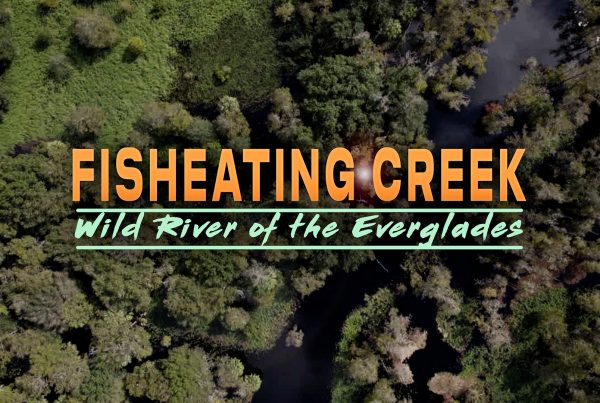Filmmaker Richard Kern swims with whale sharks off the coast of Mexico’s Yucatan Peninsula.
- Caudle fin: Tail fin
- Krill: Small, shrimplike crustaceans eaten by certain whales
- Plankton: Floating, drifting organisms in a body of water
- Temperate: Not subject to prolonged extremes of either hot or cold weather
Mexico’s Yucatan peninsula is an exotic landscape. Every year it lures thousands of tourists with its sunny beaches, incredible history and mysterious geography. For a couple of months in the middle of summer, the warm coastal waters in the Gulf of Mexico attract a different kind of world traveler: The whale shark. It is a rare phenomenon. Usually, the giant fish is a lonely wanderer. It can be found in temperate waters around the globe but between the months of May and September hundreds congregate here. Scientists believe the annual event coincides with the yearly spawning of schools of tuna in the same area.
The whale shark has a slightly misleading name. Shark, yes, whale, no. Its Latin name is Rhincodon typus. It is in fact a shark, the world’s largest fish, and is the only member of its family and genus. It can grow to over 40 feet long and live to a ripe age of 70 or more. But despite its size, it is a gentle plankton eater, dining mostly on krill and fish eggs. It’s his love of tuna eggs that seems to bring him to Mexican waters every summer.
I’ve long been fascinated by this gentle giant and couldn’t pass up the chance to jump in the water and film this amazing event. Although it’s a lazy swimmer, its giant, powerful caudal fin makes it hard for a snorkeler to keep up. With a little effort, I managed to catch up and capture some great footage of the fish’s 4’ wide mouth as it gulped in hundreds of gallons of seawater at a time. The whale shark is a filter feeder, sucking up water and shooting it out of its gills. Tiny filaments line its gill plates, trapping plankton which the fish later swallows. A fish this size needs to consume a lot of plankton.
The whale shark is internationally recognized as a threatened species. In his lifetime, the famous explorer Jacques Cousteau only encountered two. In some countries such as Taiwan they are hunted for their meat and fins. It was an incredible privilege to swim alongside these giants. It’s a big fish, but an even bigger ocean. Let’s make sure these ancient creatures don’t disappear on our watch.
Coming soon




